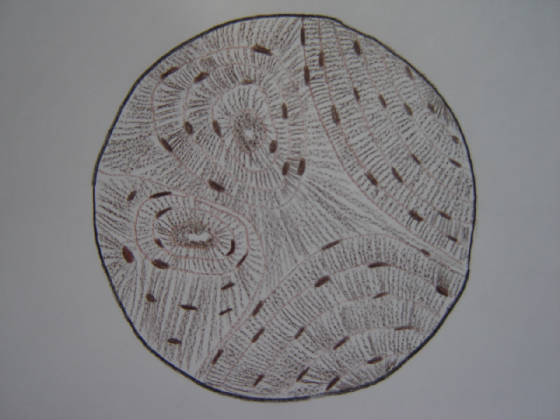|
Known collectively as a skeleton in animals, bones support body structures, protect internal organs,
assist movement with the help of muscles, and are attributed with cell formation, metabolism of calcium and storage of minerals.
Formed mainly from calcium phosphate, bone is a mesh, with varying densities at different points. It can be compact or cancellous
(spongy). There are different types of bones: Long, short, flat and irregular. Long bones, such as the tibia, are tubes with
a hollow middle called a medullar cavity, filled with bone marrow. Short bones, such as finger bones, are similar to long
bones, but lack a medullar cavity. Flat bones, such as the skull or ribs, are composed of cancellous bone between two layers
of compact bone. Lastly, irregular bones are those that do not fit any of the previous categories, such as vertebrae. Typically
bone is divided into cells and matrices. Bone cells include osteoblasts, Bone Lining Cells (BLCs), osteocytes and osteoclasts.
Osteoblasts can be found near the surface of bone and are responsible for the production of hormones which act on the bone.
Bone Lining Cells act as a barrier for certain ions. Osteocytes originate from osteoblasts, form bone, and maintain the matrix
and homeostasis of calcium. On the contrary, osteoclasts function as the reverse of osteocytes, destroying bone. Bone matrices
have inorganic and organic parts: the inorganic part is primarily calcium and crystalline mineral salts; the organic part
is primarily collagen and various growth factors.
|






